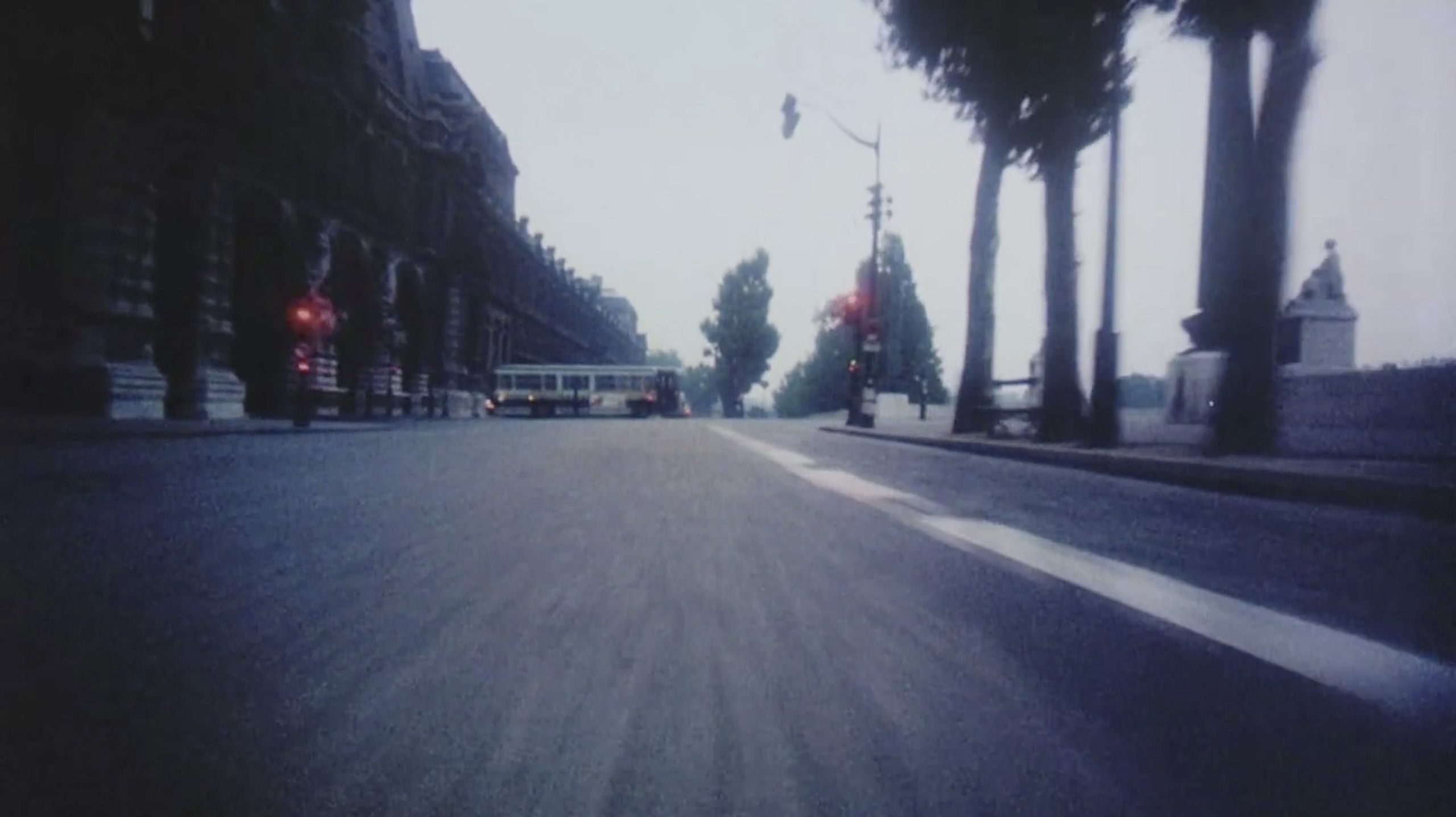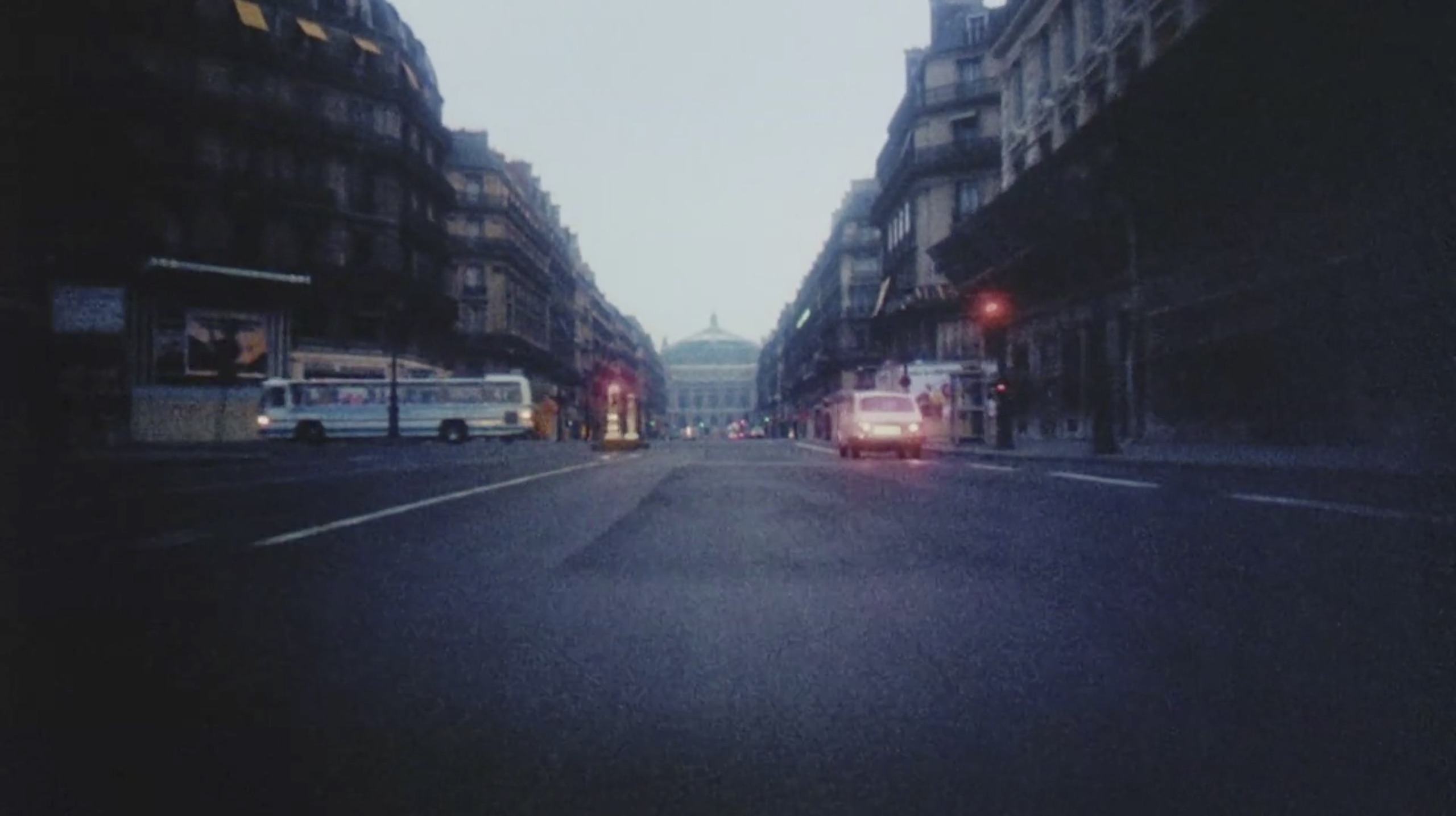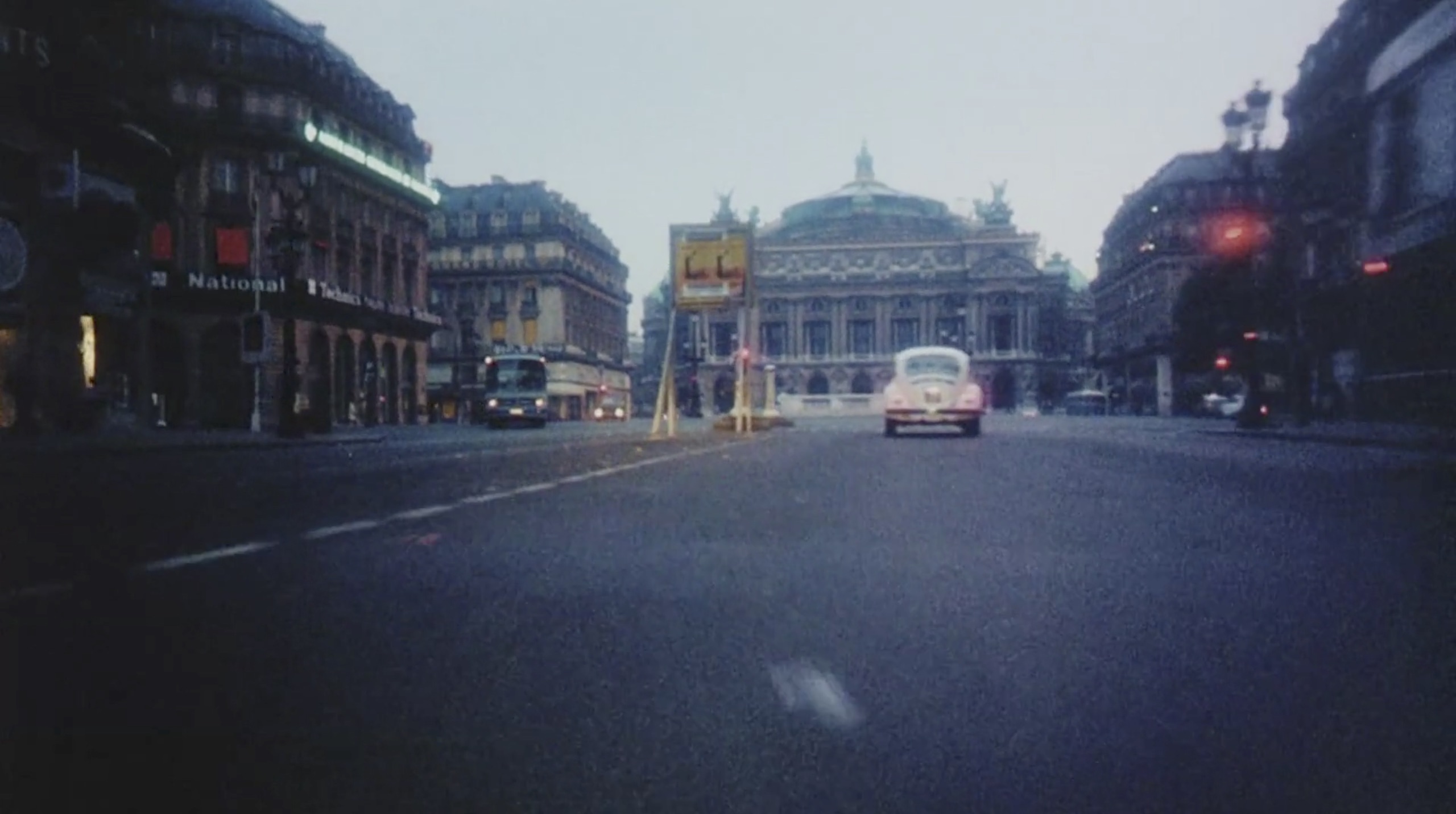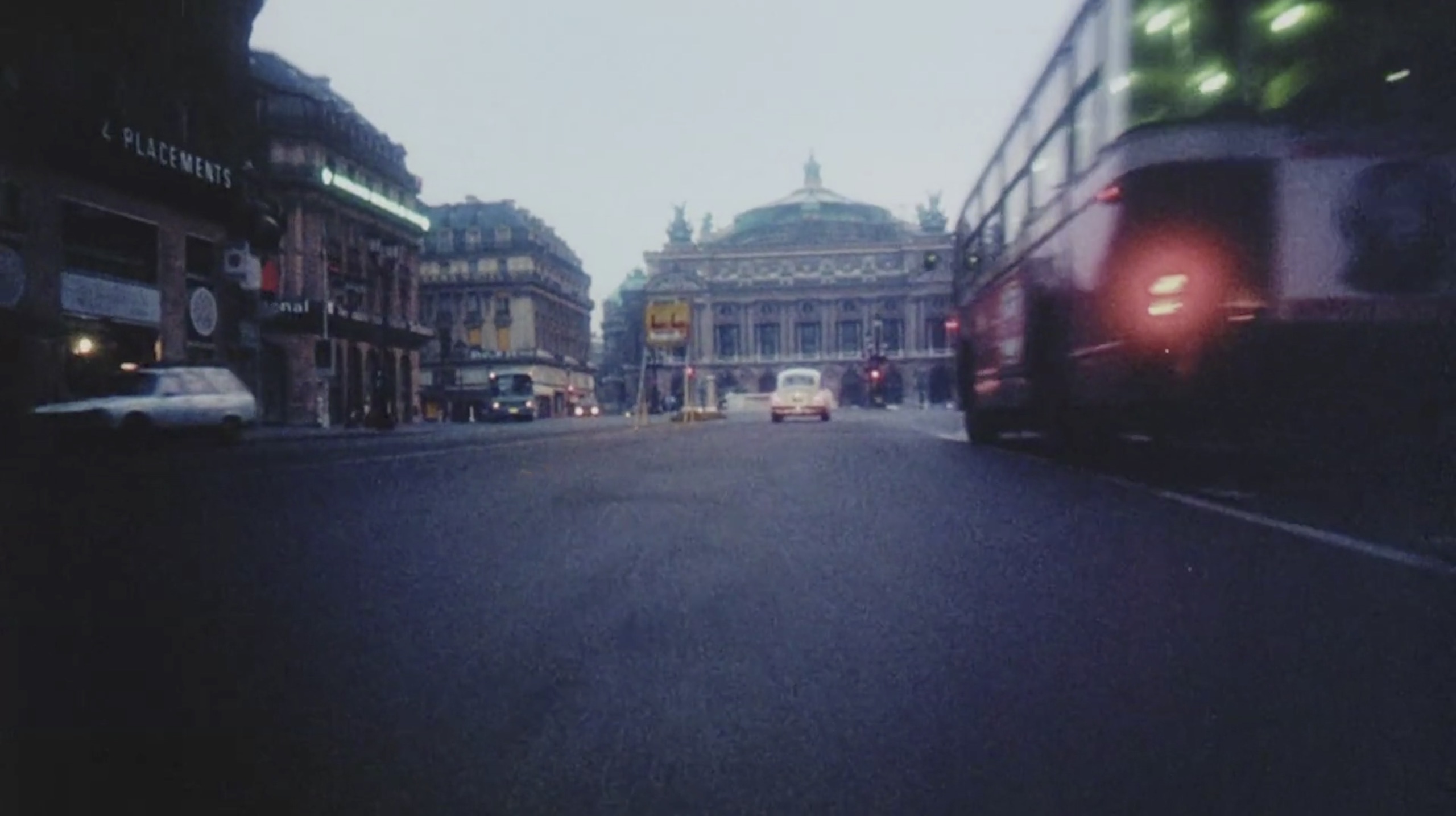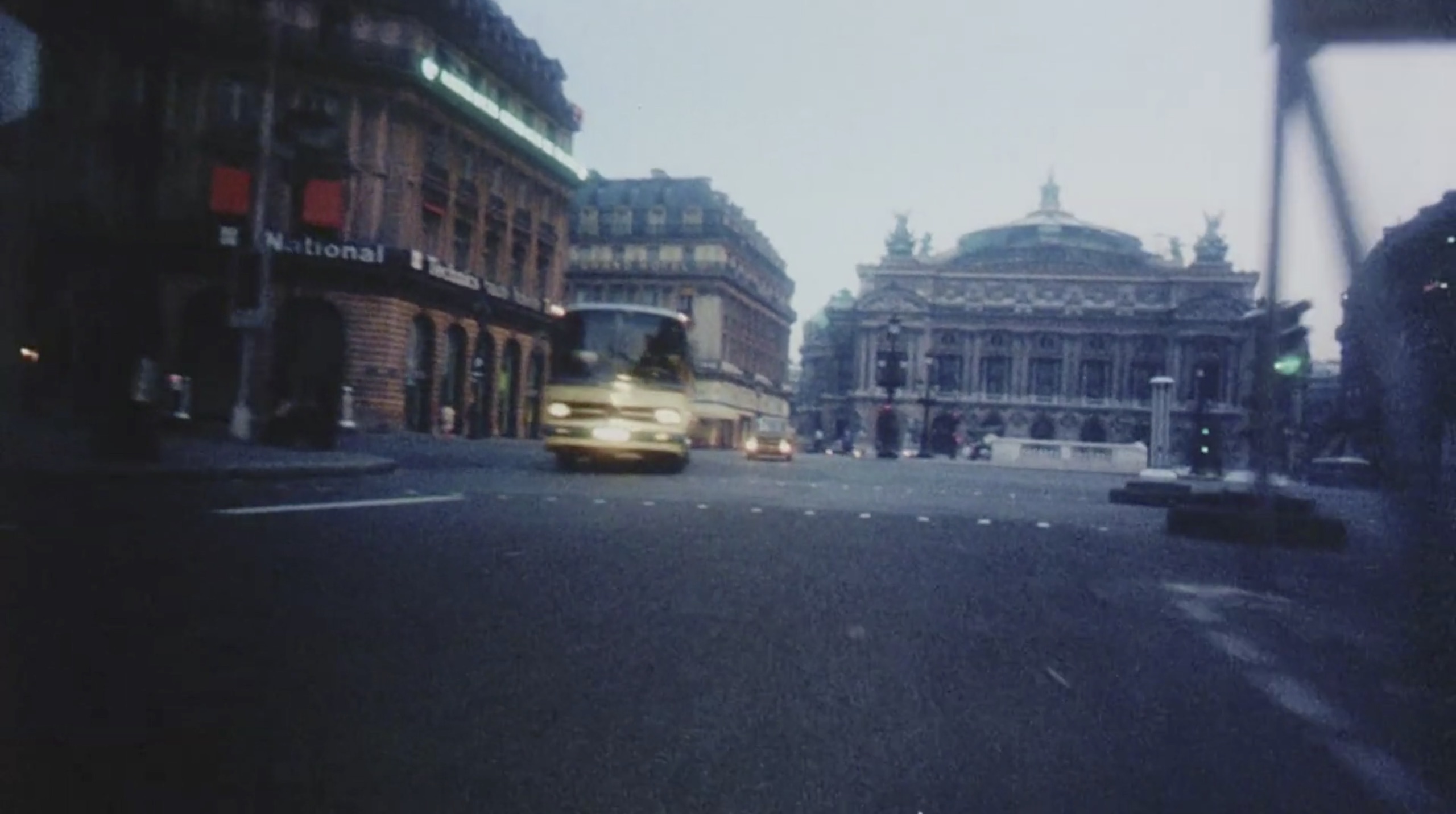Media | Articles
One scene, one take: The legend of C’etait un Rendez-vous
One scene, one take. No dialogue, no chase, no hero car or driver in sight. Yet Claude Lelouch’s hypnotic, electrifying C’était un Rendez-vous is one of the best car films of all time. For years, its creation was shrouded in mystery. No one knew how it had been made, what kind of car the film featured, or who was behind the wheel. Its backstory was embellished, even fabricated, and it took on mythic proportions. Since its 1976 debut, Rendez-vous has rightfully become a legend.
After Claude Lelouch finished shooting Si C’était à Refaire with Catherine Deneuve, 1000 feet of film remained. It was just enough to capture a joyride across Paris, from Porte Dauphine to the Basilica Sacre Coeur and covering the entire city in between: the Arc de Triomphe, the Place de la Concorde, the Opéra Garnier, the Champs-Élysées. It’s a gearhead’s dream tour of Paris. Lelouch mounted a gyro-stabilized camera (an Eclair Caméflex) to the front of the car and sped through Paris at dawn, giving us a driver’s eye view as he careens around corners and hurtles toward buses, cars, pedestrians, pigeons, and accelerates through a total of 18 red lights.
The long-standing belief that Rendez-vous featured a Ferrari only fed rumors that race car driver Jacques Lafitte had been behind the wheel and reached speeds of 200 mph. But Lelouch drove the car himself, his own Mercedes-Benz 450SEL, and dubbed in the sound of a Ferrari 275 GTB after the fact (its synchronization is convincing, though some argue it isn’t quite perfect). Lelouch opted for his Mercedes because its hydropneumatic suspension cushioned the camera mounted to it, but the Ferrari’s squealing tires, revving engine, and shifting gears make it sound a little more exciting than Lelouch’s car.
Marketplace
Buy and sell classics with confidence

Older films were often sped up to make cars appear to be going faster than they are, but Lelouch forgoes this common practice. There are no camera tricks in Rendez-vous. According to Lelouch, he really reached speeds of 142 mph. And he did not accomplish his feat alone: his cinematographer and key grip sat in the car with him, handling a remote to control the camera’s aperture. He also had a spotter, an assistant who was supposed to let him know whether there was traffic or pedestrians as he exited the Louvre’s Rue de Rivoli entrance. But the assistant’s walkie-talkie broke, and Lelouch sped out of the tunnel blind. It’s a miracle that no one was hurt during shooting, and Lelouch himself called his approach to filmmaking “totally immoral.”
Documentary filmmaker Richard Symons noted that if Lelouch had failed and someone had been harmed during the making of Rendez-vous, the film would have been buried and Lelouch would have been ostracized — “But he didn’t. He did it, and he pulled it off.” Lelouch himself credited the “cinema gods” with helping him get the film in one take. He had just one chance, and against all odds, he succeeded.

Lelouch was apprehended by the police after the film screened, and he told them an F1 driver had been at the wheel. A long-standing rumor surrounding Rendez-vous is that Lelouch was thrown in jail after filming it, but this isn’t exactly true. He was arrested, and a police officer did take away his license — only to give it back to him. Lelouch told Symons: “The chief of police called me into his office, and he said to me, ‘If the film hasn’t been done without any editing or effects, then the red lights were definitely real. So, if the red lights are real, I should take your license 18 times, and I’ve promised I’d take your license.’ He asked me for my license, I gave it to him, he looked at it and said, ‘You know, my children loved your film. I’ve taken your license and now I’m giving it back.’”
C’était un Rendez-vous is an indulgent fantasy for gearheads, the Platonic ideal of joyrides, perfectly capturing the sensation of absolute freedom. In 2009, Lelouch explained to Romanian Playboy: “I made the movie as a gift of this moment of madness. The movie is very symbolic of my life. We did many forbidden things, as I often have in life.” It’s a madness made palpable in just eight exhilarating minutes. Rendez-vous has been a huge influence on street racing and the race and car-chase films that followed, most recently inspiring Mission: Impossible – Fallout’s transcendent Paris car chase. It’s also a truly irresponsible example of reckless filmmaking, but it is not without romance, or stakes. C’était un rendez-vous translated into English means, “It was a date,” and Lelouch had a destination and a purpose: it was all to meet a woman on time, Lelouch’s then-girlfriend Gunilla Friden. “What’s great about cinema is when you can tell a story,” Lelouch said. “A guy who is going to meet a girl can take unnecessary risks because he doesn’t want to make her wait.”

